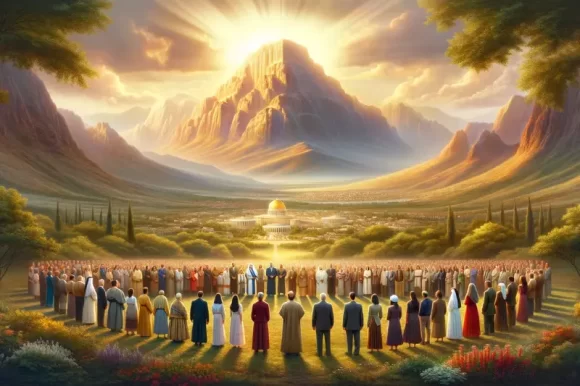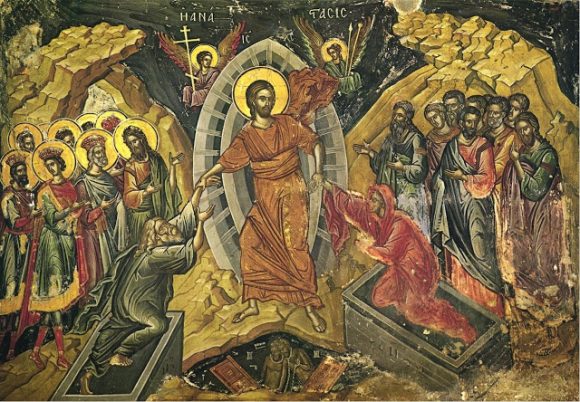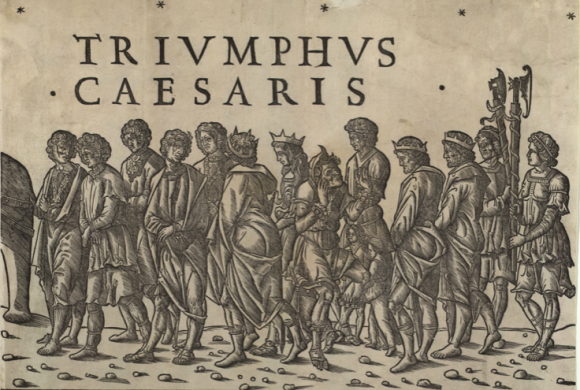This final portion of an e-book that I am writing has been a long time coming. With this final deposit, I have completed the first draft of my e-book titled: “A to Z of Christ’s Finished Work”. I will need to edit and refine and knit them all together before publishing the book. Z could […]
A problem with no human solution Throughout history, humans in their self-sufficiency, have sought to triumph over sin and death through various paths and methods. Religious practices of almsgiving and rituals that claim to rid one of sins are present in many religions. The ancient philosophers proposed that ethical and virtuous living could lead to […]
The world is experiencing great divisions, polarisation and tribalism. People are no longer listening to each other, not trying to understand each other’s position. They hold rigidly to whatever they believe in and they refuse to budge. The vocal ones are usually deeply entrenched in their opinions and beliefs. They are even willing to cancel […]
The finished work of Christ makes it possible for Christians to be transformed. It is no mere cosmetic, surface change in external behaviour or mindset. It is a profound renewal of the inner person that impacts every facet of the Christian’s life. Transformation begins with faith At the heart of this profound transformation is the […]



